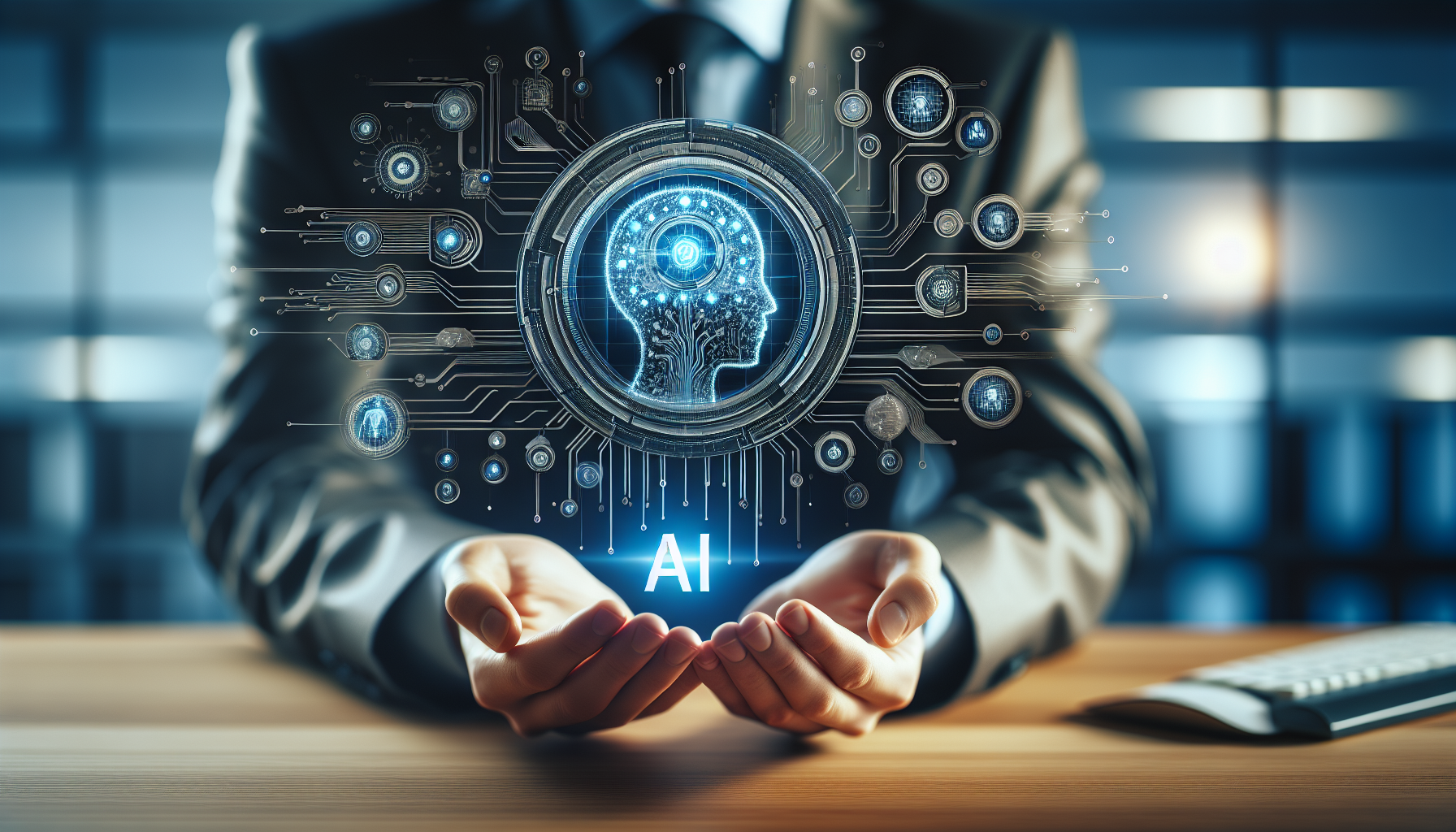
AI and Blockchain: A Revolutionary Case Study in Transforming Digital Transactions
November 15, 2025
Imagine a world where digital transactions are not only instantaneous but also secure and transparent. This scenario is not just a future possibility but a present reality, thanks to the groundbreaking integration of Artificial Intelligence (AI) with blockchain technology. This blend is reshaping the landscape of digital transactions, making them more efficient, reliable, and trustworthy. But how exactly does this potent combination work, and what are its implications for the future of digital finance?
To understand the transformative power of AI and blockchain, consider a case study of a fintech company, SecurePay Innovations, which is pioneering this integration. SecurePay set out to solve a pressing problem in the digital transaction space: the time-consuming and error-prone nature of traditional cross-border payments. Utilizing AI and blockchain, SecurePay has not only streamlined its processes but has also significantly enhanced the security and transparency of its transactions.
At the heart of SecurePay's innovation is the deployment of AI algorithms that analyze transaction patterns in real-time. These algorithms detect anomalies and potential fraud much faster than human oversight could. By predicting and flagging suspicious activities, AI helps in preventing fraudulent transactions before they occur. The company reports a drastic reduction in fraud-related losses, bolstering customer trust and satisfaction.
Blockchain technology complements this by providing a decentralized ledger that records transactions across multiple systems in a secure and immutable manner. Every transaction is time-stamped and linked to the previous transaction, creating a chain that is virtually tamper-proof. This ensures that all parties have access to a single, unalterable version of the truth, eliminating disputes and the need for intermediaries, which often slow down the process and increase costs.
What sets SecurePay apart is not merely their use of these technologies, but their innovative approach to integrating them. By embedding smart contracts into their blockchain, they automate the execution of agreements when predefined conditions are met. This automation reduces the reliance on manual processes, further increasing efficiency and reducing the potential for human error.
A unique aspect of SecurePay's model is its use of AI to enhance the blockchain's capability. AI-driven analytics continuously optimize the blockchain's operation, predicting transaction volume peaks and adjusting resources accordingly to prevent bottlenecks. This dynamic adjustment ensures a seamless transaction process, even during high-demand periods.
The case of SecurePay is a compelling example of how AI and blockchain together can revolutionize digital transactions, but the implications extend far beyond one company. This integration has the potential to reshape industries by reducing the friction of digital payments and enhancing security protocols. For businesses, this means lower costs and increased speed, while consumers benefit from enhanced security and greater transparency.
Moreover, the ripple effects of such innovations can be profound in developing economies where traditional banking infrastructure is often lacking. By leveraging mobile technology, AI, and blockchain, financial services can reach underserved populations, fostering financial inclusion and economic growth.
However, the journey is not without its challenges. The integration of AI and blockchain requires significant technical expertise and a robust regulatory framework to ensure compliance and protect user privacy. Companies venturing into this space must navigate these complexities while fostering innovation.
In conclusion, the ongoing advancements in AI and blockchain present an exciting frontier for digital transactions. The case study of SecurePay Innovations illustrates not only the potential for profound efficiency and security improvements but also the broad applicability of these technologies across various sectors. As we stand on the cusp of a new era in digital finance, one must wonder: how else might AI and blockchain redefine our understanding of trust and transparency in the digital age?


